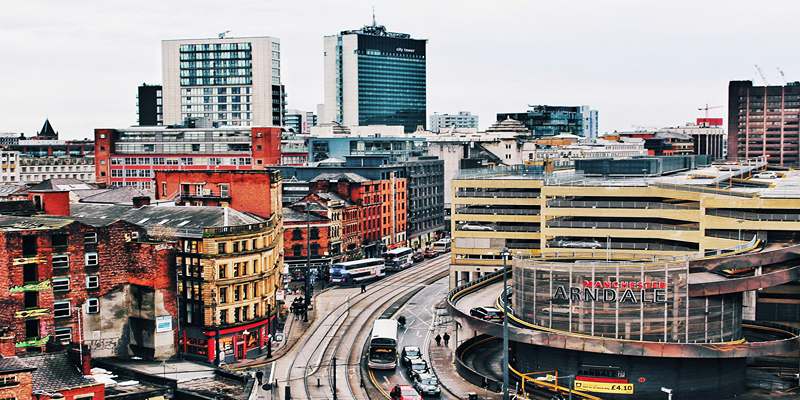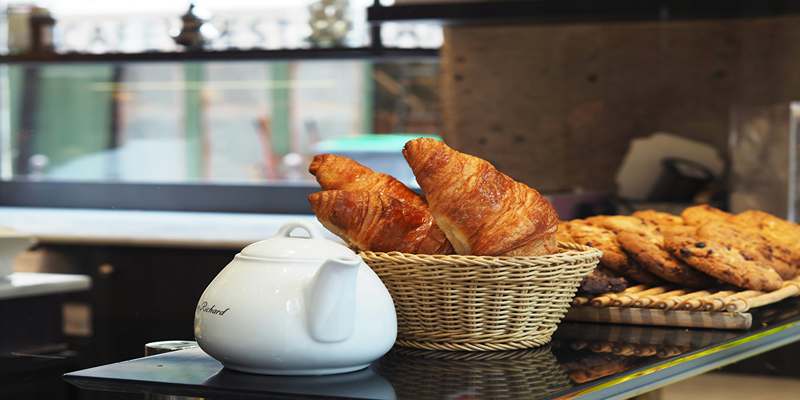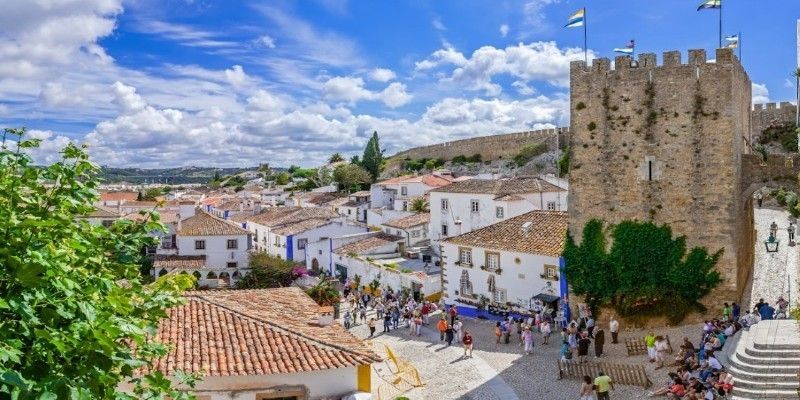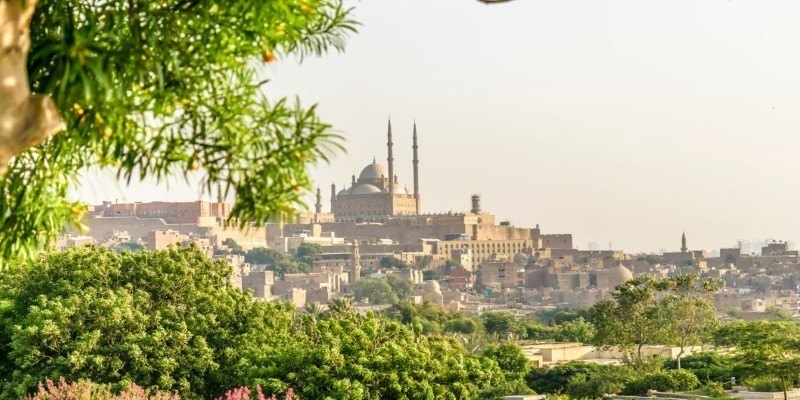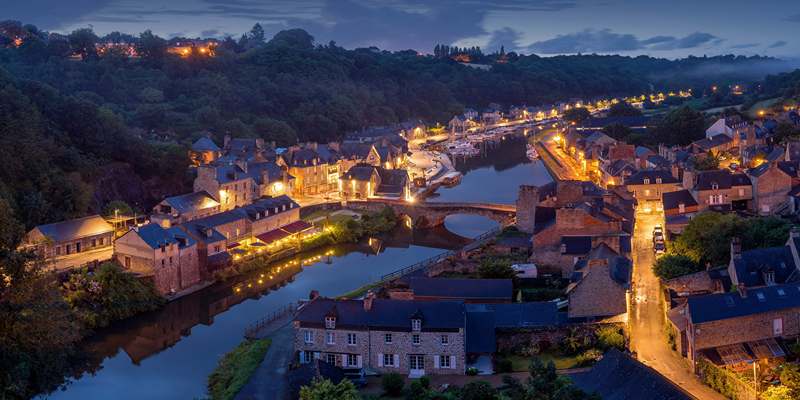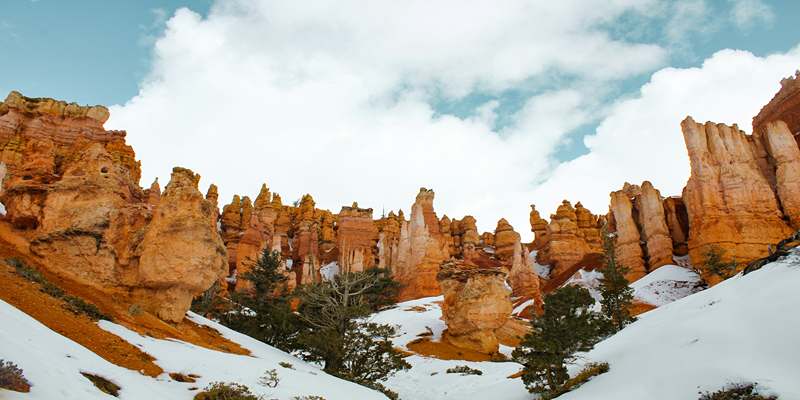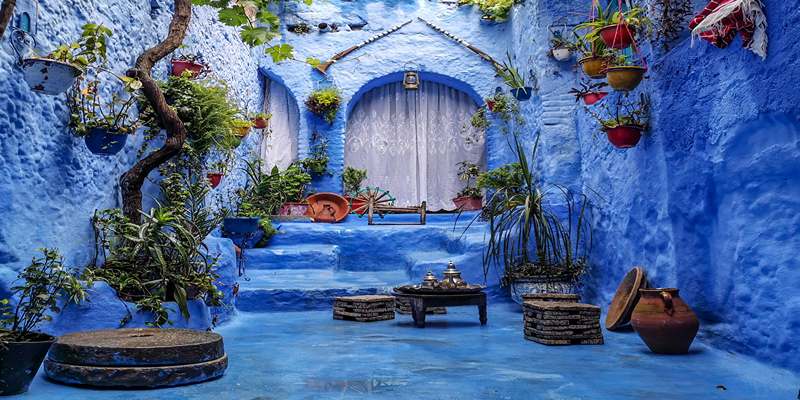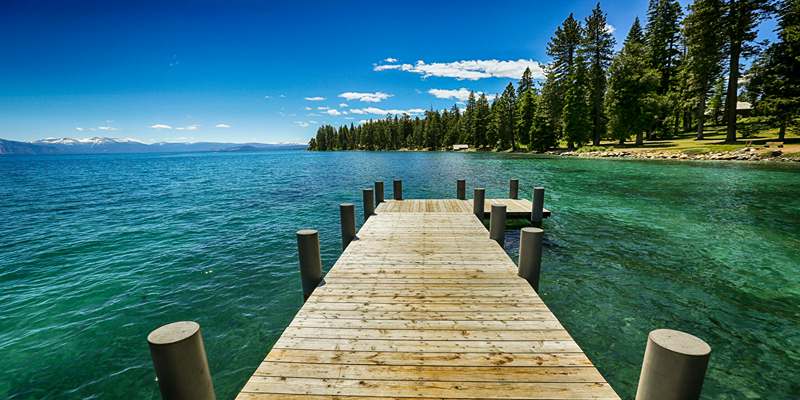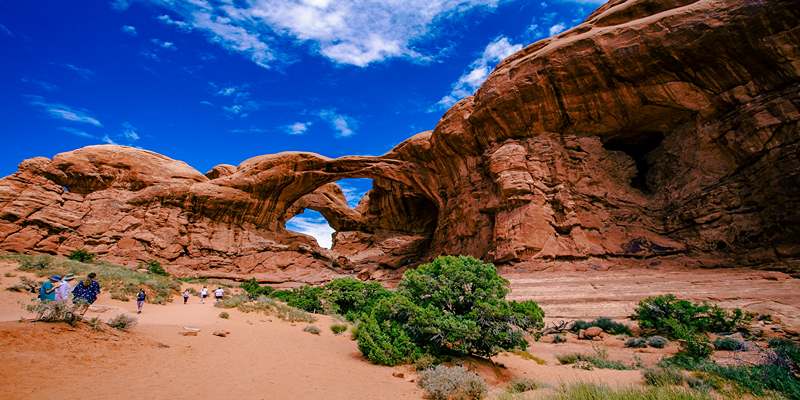France has plenty of corners where time feels like it has slowed down. The Loire Valley is one of them. Winding rivers, quiet backroads, fairytale châteaux, and sleepy villages wrapped in vineyards—it's a region that feels more like a quiet conversation than a loud story. There's no rush here.
You'll pass sunflower fields nodding in the wind, stop for fresh bread in towns you didn't plan to visit and watch the light shift over centuries-old stone. Exploring the Loire Valley by car means finding space between places, and these five scenic routes offer some of the best of it.
Five Scenic Drives Through the Heart of the Loire Valley
Tours to Chinon: Along the Vienne River
This route starts in the city of Tours, one of the livelier towns in the region and a good place to rent a car and stock up on snacks for the road. Leaving Tours behind, you follow the Cher River briefly before drifting into the Vienne Valley. The road toward Chinon twists between open countryside and small communes like Azay-le-Rideau, where you can stop to see one of the more graceful châteaux mirrored in a still moat.
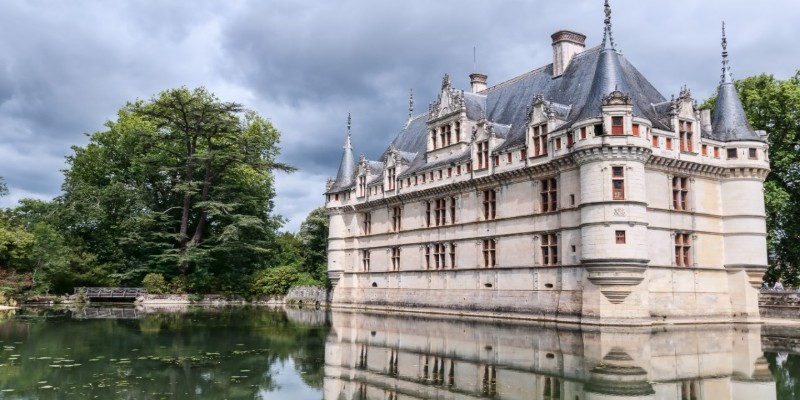
As you drive west, the vines begin to take over the landscape. The area around Chinon is known for its Cabernet Franc, and while you’ll be driving, the hills themselves tell a story. Near Crissay-sur-Manse, one of the designated “Plus Beaux Villages de France,” the road narrows. The town itself is a lovely pause—cobblestones, flowers in window boxes, and stone homes untouched by time.
Chinon sits on the river like it has nothing to prove. Its fortress, where Joan of Arc once stood, watches from above. Walking along the riverfront after the drive, it’s hard not to feel grounded here. The drive itself is only about 50 kilometers, but it begs you to take your time.
Amboise to Blois: River Views and Royal Histories
This stretch along the Loire River moves through the heart of the valley, rich with stories and panoramic stops. Begin in Amboise, where Leonardo da Vinci spent his last days. The Château d’Amboise offers views that stretch wide across the valley, setting the tone for the road ahead.
Driving toward Chaumont-sur-Loire, the river runs beside you, never far from view. The château here is different—more whimsical, more dramatic—and the surrounding grounds often host outdoor art exhibitions. The road hugs the Loire closely, with spots where you can pull off and just watch the water glide past.
Reaching Blois, you're stepping into another former royal seat. The château in Blois is a patchwork of different periods, from Gothic to Renaissance to Classical. It's one of those places that feels both grand and lived-in as if it still remembers the people who walked its halls. The drive between the towns is less than 40 kilometers, but it feels packed with quiet stops, river bends, and the gentle French countryside.
Saumur to Montsoreau: Castles and Cliffside Villages
This short but beautiful road clings to the southern bank of the Loire and is ideal for those who want to experience nature and heritage without long hours in the car. Start in Saumur, known for its hilltop château and its military cavalry school. The town has wide views and a calm pace.
Heading east, you’ll notice limestone cliffs running parallel to the river. Many of these caves were carved out for troglodyte dwellings, some still in use today. The area around Turquant and Parnay is known for these cave homes—some have been converted into artists’ workshops or restaurants.
Montsoreau appears like a whisper, a small village dominated by its waterfront château. It’s one of the only castles that actually sits in the river. The light here is softer, especially in the early evening. This road trip barely covers 15 kilometers, but it’s dense with texture—from sunlit vines to shaded riverbanks and tunnels in stone.
Loches to Chenonceaux: Forest Roads and Stone Towns
This inland route weaves through forested areas and quiet valleys. Starting in Loches, you're stepping into a fortified town that still feels medieval. The stone keeps, and narrow streets feel older than much of the valley, more compact and inward-looking.
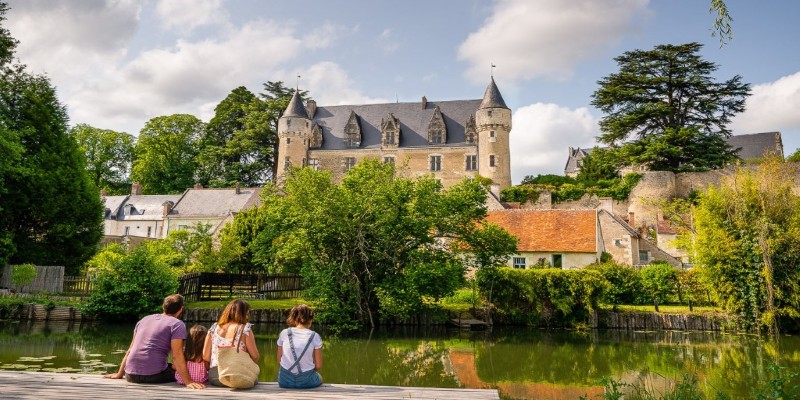
Driving north toward Montrésor, another “Plus Beaux Villages de France,” the road dips into rural land with few cars and plenty of tree cover. Montrésor itself is all charm—stone bridges, ivy-covered walls, and a castle that feels like a movie set. The drive then bends west toward Chenonceaux, becoming more open and airy.
Chenonceau is one of the most photographed châteaux in France, built across the Cher River like a bridge. Despite its popularity, the area stays calm. Park early and take your time walking the tree-lined path to the entrance—it’s part of the experience. The contrast between the rugged charm of Loches and the elegance of Chenonceaux gives this route a satisfying shift in tone over 60 kilometers.
Orléans to Sully-sur-Loire: Gateway to the East
This eastern route has a different feel—flatter, more open, and edged with wide farmland. Orléans is often seen as the entry point to the Loire Valley from Paris, but it's a city with its weight of history. Joan of Arc helped lift the siege here, and her presence still lingers in the streets and statues.
Driving southeast toward Sully-sur-Loire, you pass through smaller towns and long, open roads. The châteaux become fewer but no less striking. The Château de Sully-sur-Loire rises from its moat-like something out of an old legend—rounded towers, water reflections, and thick stone walls.
This route has fewer tourist-heavy stops, perfect if you’re looking for quiet. Fields stretch to the horizon, and small churches peek from clusters of trees. It’s a different side of the Loire, with more sky than forest, more open road than winding lane.
Conclusion
The Loire Valley offers quiet roads, riverside views, and moments that feel untouched by time. Each route brings its rhythm, whether through forest, farmland, or vineyard. Driving here isn't just about getting somewhere—it’s about what you notice along the way. These scenic trips let you slow down, look around, and simply enjoy where you are.

